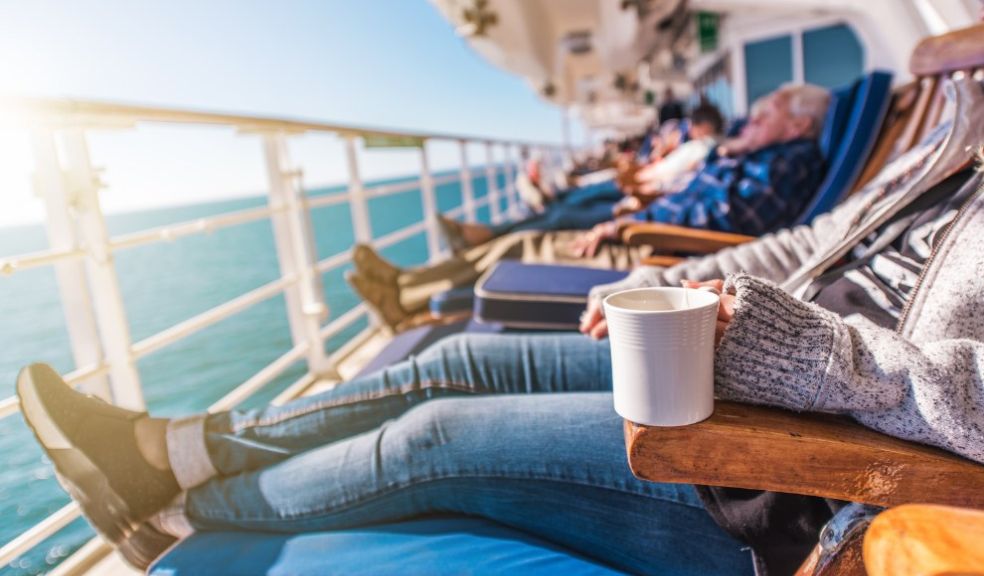
How much should you be tipping when on holiday in the US?
Here’s a tip: A quarter of people are leaving larger tips on holiday since the pandemic
A new survey by personal finance experts, Self Financial, has looked to reveal how people feel about leaving tips on holiday and how their attitudes have changed since the pandemic
- 61.91% of people say they “always” leave a tip for wait and service staff, with those aged over 55 are the most likely to say they “always” leave a tip
- Current and former hospitality staff are the least likely to automatically tip their servers, 34.45% compared to 51.66% of non-hospitality workers
- 55.37% of people leave a tip of 20% or more, however, just over one in ten (11.21%) typically leave a tip of 5% or less
- Foodservice staff are the most likely to be tipped than bar staff, with 47.27% of people saying they tip food servers more often than bar staff (12.05%)
- Over three-quarters (76.74%) of people believe that waitstaff should be paid more, to reduce the need and reliance on tipping
- A quarter (25.14%) of people say they are leaving larger tips since before the pandemic, while 17.90% are tipping more frequently
An estimated 4.4 million workers rely on tips [1] to afford basic necessities and to earn a living. However, with the cost of living creeping up and the impact of the global pandemic still being felt in the service and hospitality industry, have people’s attitudes to tipping changed?
To find out, personal finance experts, Self Financial, commissioned a survey of 1,079 adults, asking them about their views on tipping, how it has changed since the pandemic, and what motivates them to leave a tip.
How often are people tipping?
According to the results of Self Financial’s survey, when out to eat or drink, fewer than two-thirds (61.91%) of people will “always” leave tip for their server or staff, with as many as one in 20 (4.82%) saying they rarely or never leave tip.
Responses showed that those aged between 25 and 34 are the least likely to “always” leave a tip (53.38%), while those aged over 55 are the most likely (78.83%). Additionally, adults earning between $40k and $49k were found to be the least likely to “always” leave a tip (46.67%), compared to 85.27% of those that earn over $100k.
There’s even a difference between current and former hospitality workers leaving tips and those that haven’t worked in the industry. While over two-thirds (68.27%) of non-hospitality workers say they “always” leave a tip, this falls to just over half (55.49%) in those that currently or formerly worked in hospitality.
How much are people tipping?
Two fifths (41.89%) of adults say they typically leave a tip of 20% or more when going out to eat or drink, with 34.01% of people saying they leave a 20% tip and one in 12 (7.88%) saying they typically leave 25% or more.
One in seven (12.97%) of people say that - when they they tip - they leave 5% or less than the value of the check.
|
Tip Value |
Respondents |
|
<5% |
2.32% |
|
5% |
10.66% |
|
10% |
15.11% |
|
15% |
30.03 |
|
20% |
34.01% |
|
25% |
5.28% |
|
>25% |
2.59% |
What motivates people to leave a tip?
Overall, providing a good service (59.96%) is the best way to get a get a tip according to respondents, with receiving speedy delivery of food and/or beverages (44.39%) the second biggest motivator for guests to leave a tip.
|
Motivator |
Respondents |
|
If the service is excellent |
59.96% |
|
Speed and delivery of food/beverages |
44.39% |
|
If the food/beverages are good quality |
42.91% |
|
The overall experience in the restaurant/bar is good |
38.28% |
|
The cleanliness of the establishment |
33.55% |
|
The atmosphere of the establishment |
26.14% |
However, there is a difference between those that have worked in the industry and those that have not, current and former hospitality workers are also more likely to care about food/beverages quality (50.28%), cleanliness (38.18%), and atmosphere (32.96%), than those who had not previously worked in the industry (35.61%, 28.97%, and 19.37% respectively).
In addition, while some establishments like to add service charge within the check, it was found that nearly two out of every five (38.20%) people say that they are less likely to leave a tip when a check includes a service charge; however, one in five (22.75%) do say they’re more likely to leave a tip.
Who do people tip?
When asked about who they typically tip the most, it was found that nearly half of people (47.27%) say they will tip food service staff more often than bar service staff, with just one in eight (12.05%) saying they tip bar staff more.
But it’s not just the faces we meet at our table or the bar that provide the service we enjoy, cooks, porters, dishwashers, etc. all help to provide the experience we enjoy when out to eat or drink.
When asked how they would react to tips being pooled among workers, 25.76% said they would be less likely to leave a tip, while 26.78% saying they would in fact be more likely.
Additionally, if tips were pooled, a quarter (24.93%) of people say would like them to be shared equally among the front and back of house staff, with 13.44% saying they should be given exclusively to the front of house staff, and a further 13.44% saying the majority of pooled tips should go to the front of house staff with the remainder going to back of house.
How do people prefer to leave a tip?
People’s preferences when it comes how they leave a tip are split quite equally, 48.93% of people saying they usually leave tips in the form of cash, and 49.21% saying they leave tips by adding the value to a card transaction.
Meanwhile, one in 50 (1.85%) people say they like to tip waitstaff directly via apps like cashapp.
Results found that over 65s are more likely to leave a tip by adding it to a card transaction (53.33%) when compared to those aged under 35 (48.31%), with under 35s preferring to leave a tip in the form of cash more than any other age group (49.98%).
Pandemic impact on tips
In light of the pandemic, and its impact on the hospitality industry, respondents were asked whether they were leaving larger tips and more frequently than previously, to help those that were out of work or earning less over the past two years.
Results found that a quarter (25.14%) of people say they are leaving larger tips but at the same frequency as before the pandemic, while almost one in five (17.90%) leaving the same amount as before the pandemic but are tipping more frequently.
Conversely, three in 50 (6.31%) people say they are leaving lower tips (3.90%) or tipping less often (2.41%). This drop-in tips left is most notable in those from households that earn less than $50,000 per year, where nearly one in ten (9.58%) say they have reduced how much they tip (5.71%) and how often (3.88%).
















